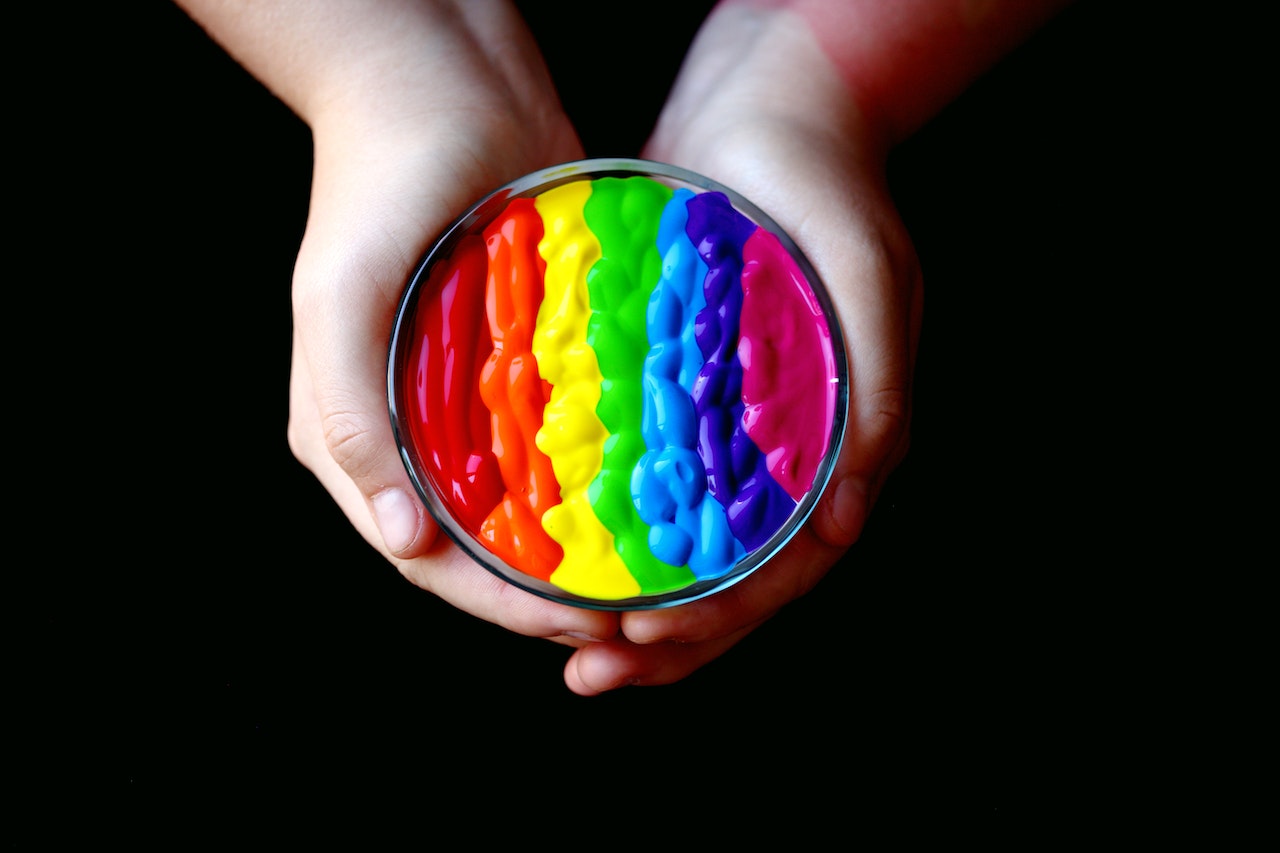Creative Therapy: Exploring the Benefits of Art, Music, and Writing for Mental Health and Well-Being

Creative pursuits such as art, music, and writing have long been recognized for their ability to uplift the spirit and bring joy to life. However, recent research has shown that these activities can also have profound benefits for mental health and well-being. In fact, creative therapy is now a recognized form of treatment for a wide range of mental health conditions, including depression, anxiety, and PTSD.
Whether you are a professional artist or simply enjoy doodling in your free time, incorporating creative pursuits into your daily routine can be an effective way to promote mental wellness and improve your overall quality of life.
Creative therapy is an innovative form of therapy that utilizes creative outlets such as art, music, and writing to promote emotional healing and mental well-being. This type of therapy has been found to be particularly effective in treating mental health conditions such as anxiety, depression, and post-traumatic stress disorder (PTSD), as well as for general stress reduction and personal growth.
Art therapy involves the use of art-making as a therapeutic technique to explore emotions, reduce stress, and promote self-awareness. In art therapy sessions, clients are encouraged to use various art materials to create visual representations of their thoughts and feelings.
This process can help clients to gain insight into their own emotional experiences and to identify and express emotions that may be difficult to articulate in words. Art therapy has been found to be particularly effective in treating trauma-related conditions, as it allows individuals to process and express emotions related to their experiences in a safe and supportive environment.
Music therapy involves the use of music as a therapeutic tool to promote emotional, cognitive, and physical well-being. Music therapists use various musical techniques such as listening, singing, and playing instruments to help clients achieve therapeutic goals such as reducing anxiety, improving mood, and enhancing cognitive functioning. Music therapy has been found to be particularly effective in treating conditions such as autism, dementia, and chronic pain, as well as for stress reduction and overall emotional well-being.
Writing therapy, also known as journal therapy, involves the use of writing as a tool for emotional healing and personal growth. This type of therapy involves a variety of writing exercises and prompts designed to help individuals explore their emotions, reflect on their experiences, and gain insight into their own thought patterns and behaviors. Writing therapy has been found to be effective in treating conditions such as anxiety and depression, as well as for improving overall emotional well-being.
Incorporating creative pursuits into one’s daily routine can be a powerful tool for promoting mental well-being. This can include engaging in creative activities such as painting, playing an instrument, or writing poetry on a regular basis. Even a few minutes of creative activity each day can have a significant impact on one’s overall emotional health.
Group creative therapy can provide an additional layer of support for individuals undergoing therapy. Group therapy sessions allow individuals to connect with others who are going through similar experiences, to share their own experiences and insights, and to receive feedback and support from others in the group. Group creative therapy can be particularly effective for promoting social connection and reducing feelings of isolation.
Creative therapy has been found to be effective in treating a variety of mental health conditions. Research has shown that creative therapy can be particularly effective in treating conditions such as anxiety, depression, and PTSD. Working with a creative therapist can be a powerful tool for individuals seeking to explore their emotions, gain insight into their own experiences, and promote overall emotional well-being. It is important to work with a licensed and experienced creative therapist to ensure that the therapy is safe and effective for the individual’s needs.
In conclusion, creative therapy offers a unique and effective approach to promoting mental health and well-being. Whether you are struggling with a specific mental health condition or simply seeking to cultivate greater emotional resilience and mindfulness, incorporating art, music, or writing into your daily routine can be a powerful way to tap into your inner creativity and promote healing from within. With the guidance of a trained creative therapist, you can learn to harness the transformative power of the arts and use them to promote greater joy, fulfillment, and vitality in your life.





